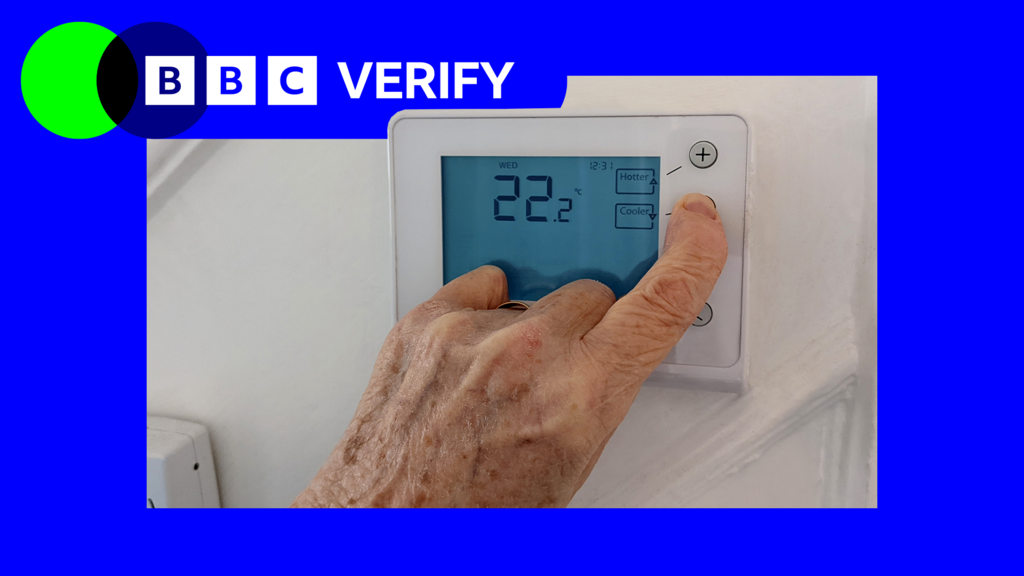The government’s recent reversal of winter fuel payment cuts has sparked scrutiny of its fiscal strategy and spending commitments.
BBC Verify examines the key figures.
Following the 2024 general election, the Department for Work and Pensions projected that 10.8 million pensioners in England and Wales would be eligible for winter fuel payments in 2024-25.
These payments range from £200 to £300 per household.
Initially, the new government sought to reduce expenditure by limiting eligibility to pension credit recipients (a low-income pensioner benefit), decreasing the number of beneficiaries to 1.5 million.
Following public criticism, the government reinstated universal eligibility, although individuals earning £35,000 or more will see the payment recouped via taxation in the subsequent year.
The government now claims approximately 9 million pensioners will qualify.
This largely reverses the initial policy’s impact on recipient numbers.
The government estimated the inherited 2024-25 winter fuel payment system cost to be £1.9bn.
Its initial reform was projected to reduce this by £1.4bn in 2024-25 (£1.5bn in 2025-26), resulting in a £0.5bn cost.
The government now states the cost following the latest changes will be £1.25bn—a £450m saving compared to universal eligibility.
This £450m saving lacks Office for Budget Responsibility (OBR) certification.
Even if realized, this represents only a third of the initial £1.5bn savings target, and some analysts believe the net savings could be even lower.
The initial Labour reform restricted payments to pension credit recipients.
Last year, the government launched a campaign to encourage uptake among eligible, non-claiming pensioners.
Data indicates nearly 60,000 additional pension credit claims, likely due to the campaign.
With each annual pension credit claim costing the government an average of £3,900, former Lib Dem pensions minister Steve Webb estimates the additional annual cost at approximately £234m.
This offsets roughly half of the government’s claimed £450m savings from the winter fuel eligibility changes.
Chancellor Rachel Reeves cited the £1.5bn annual savings as crucial for fiscal stability, and these were incorporated into the OBR’s budget calculations.
The reduced savings of £450m (or potentially less) creates a financial gap of at least £1bn.
The Treasury plans to address this in the Autumn 2025 budget, stating it “will not lead to permanent additional borrowing”.
Absent increased GDP growth or tax revenue forecasts, the government would need to raise taxes or cut spending to close this approximately £1bn gap.
However, £1bn is a relatively small amount within the context of public finances.
The OBR projects £1,347bn in government spending and £129bn in borrowing for 2025-26.
It’s also important to note that projected savings from the government’s working-age welfare reforms are significantly higher than those from the winter fuel payment changes.
The OBR projects savings of £4.8bn annually by 2029-30 from changes to personal independence payments and universal credit incapacity payments.
Reversing or diluting these reforms, as some Labour MPs advocate, would create a much larger financial challenge for the chancellor in meeting her fiscal rules.
These rules require a balanced day-to-day budget (excluding infrastructure spending) by 2029-30.
In March 2025, the OBR projected only £9.9bn of “headroom” against this target—minimal leeway given the scale of government spending and borrowing. Reversing the welfare cuts would eliminate roughly half of this.
Economists anticipate further erosion of the chancellor’s projected headroom in the Autumn Budget due to downgraded growth forecasts and increased government borrowing costs.
Suggest investigations for BBC Verify.

